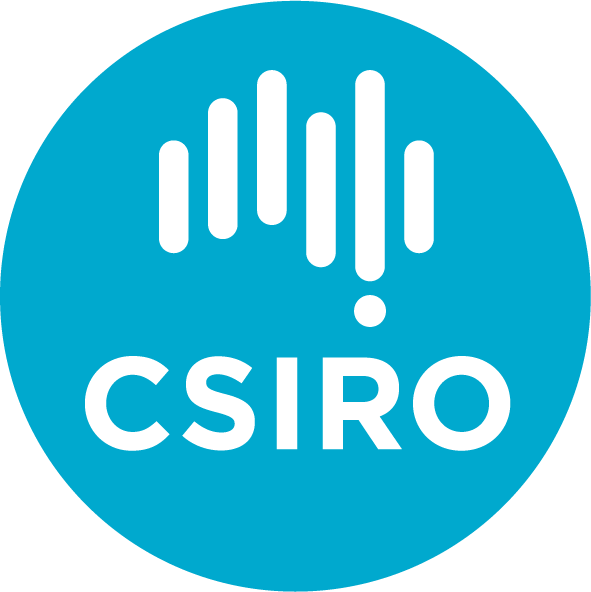FAIMS3 Development Roadmap
Providing more detail on the initial announcement timeline by the ARDC.
This page last updated 26 August 2021. The plans on this page are subject to change. Subscribe to our newsletter for active updates.
Timeline
Alpha version
Completed, June 2021.
Demonstrate the foundational capabilities of FAIMS3. Specifically, loading a module from a specification, data entry on all OSes, and asynchronous data exchange on an append-only datastore.
Beta version
In-Progress, December 2021
Support CSIRO Geochem for in-field testing by allowing minimal module design through web interface, collecting complex relational data with multiple devices while offline, and supporting API import and export from/to structured formats like CSV.
Initial full release
Planned, June 2022
Support our university partners by delivering additional functionality for the notebooks defined in our memorandum of understanding, expand planned features from our backlog, and start on external service integrations and documentation.
Further integrations
Planned, December 2022
Continue work on external integrations, bug-fixing, and critical feature remediation. Start work on documentation and training workshops.
Documentation sprint
Planned, January 2023
Finalise and polish end-user documentation and training workshops.
Completed integrations
Planned, March 2023
Demonstrate well supported technical integrations and a mature data collection product.
Roadmap
Elaboration
During Elaboration (Completed March 2021), we had several objectives:
- Try to quickly falsify technologies to rule-out unsuitable ones;
- Build a team – determine patterns of communication, management, and capabilities;
- Explore where we needed to take on technical debt, what developmental affordances were supported by our choices, what external dependencies will be a worthwhile tradeoff between time saved versus external support risk, and where we will have to rebuild components because external support was insufficient;
- Explore the technologies needed to support development and make a persuasive case for DevOps choices;
- Produce elaboration outputs that indicate the feasibility of our desired development; and
- Elicit feedback from the project community to provide an external perspective that can catch errors and suggest improvements.
For more details, see our elaboration slides and report on Zenodo.
Alpha
On 15 June 2021 the FAIMS3 Alpha prototype passed its first major development milestone: user-acceptance testing (UAT). The intention of this round of UAT was to explore, discuss and confirm accomplishment of the goals of Alpha phase of development:
To demonstrate the foundational capabilities of FAIMS3. Specifically, loading a module from a specification, data entry on all OSes, and asynchronous data exchange on an append-only datastore.
Beta
We plan to privately test our beta release in December 2021 with the following goal:
To support CSIRO Geochem for in-field testing by allowing minimal module design through a web interface, collecting complex relational data with multiple devices while offline, and supporting API import and export from/to structured formats like CSV.
Our current priority list for beta is:
- GUI for Notebook designers
- UX storyboarding and consistent UI experience
- Display human identifiers from multiple composite fields
- Robust support for multiple-users editing the same records while offline.
- Support drill-down repeating sub-records (“Collecting multiple pH samples from a single water sample”)
- Support organising notebooks into different records and records into multiple views.
- User Experience and notebook navigation
- On-device camera support and per-record file attachment
- Export records to csv with renamed and tagged photos
- Basic offline map support
- Annotation metadata per fields
- Import timestamp, record, and author metadata into fields
- Auto-incrementing fields for per-record identifier-counters
- Take point from GPS button
- Field persistence across application exits
- Basic record search
- Authentication and ACLs
- Figure out how an offline field-data collection trip/server will look.
We also plan to refine memoranda of understanding with our external technical partners to guide mutual-development priorities.
Initial Full Release
We plan for our intial full release in June 2022. This release will focus around achiving the high level goals for FAIMS3:
- Replicate all FAIMS v2.6 features that are currently used as part of three projects’ research practice: CSIRO environmental geochemistry, LTU Mungo Lakes archaeology, and UNSW Oral History.
- Allow self-service customisation and deployment via a web application without needing FAIMS team intervention for the vast majority of deployments.
- Operate cross-platform, running the same code on Android, iOS, and ‘desktop’.
- Allow data ‘round trip’ to web and desktop applications. Round-trip, aspirationally, can be considered as data captured in-field, edited externally, then returned to the device in editable format.
- Improved scalability and performance. Our target is ten times the number of records per deployment compared to v2.6 plus server-to-server synchronisation.
We also plan to demonstrate further GIS integration, better data exchange with external technical partners, and some user-facing documentation.
Further integrations
In December 2022, we will have begun integration with OpenContext, tDAR, and AVRE Geo DeVL. We will also have started migrating our FAIMS 2.6 module library into FAIMS3 notebooks.
Documentation sprint
In Feburary 2023, we will finish our documentation sprint, ensuring that FAIMS3 has thorough end-user documentation and at least one full training workshop in Software Carpentry style.
Completed integrations
In March 2023, user acceptance testing for FAIMS 3.0 will be passed. OpenContext and tDAR integration are complete. All client-facing documentation is finalised.
Backlog
Beta Backlog
- Offline in-the-dirt server support
- More sophisticated GIS prototypes
- Hierarchical structured vocabularies
- Record duplication detection
- Picture based structured vocabulary galleries
- Cross-references/links to other entities
- Append history of record in-app
- Load record from QR Code
Initial Release Backlog
- Support bluetooth connections and raw serial over bluetooth
- Support external bluetooth GNSS
- Support label-printing
- Support multiple human-readable identifier plugins (counting is hard)
- Support more in- and cross-record customisable actions
- Support faceted record search
- Support open-science capable export and archiving of a notebook


